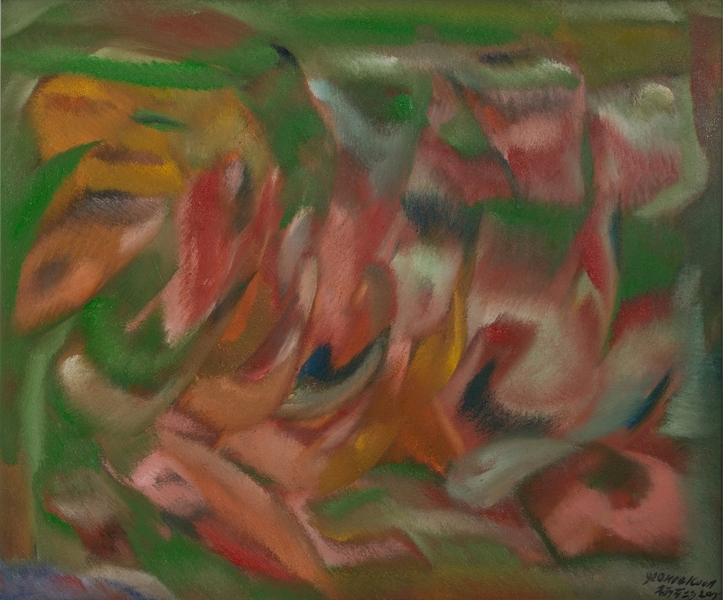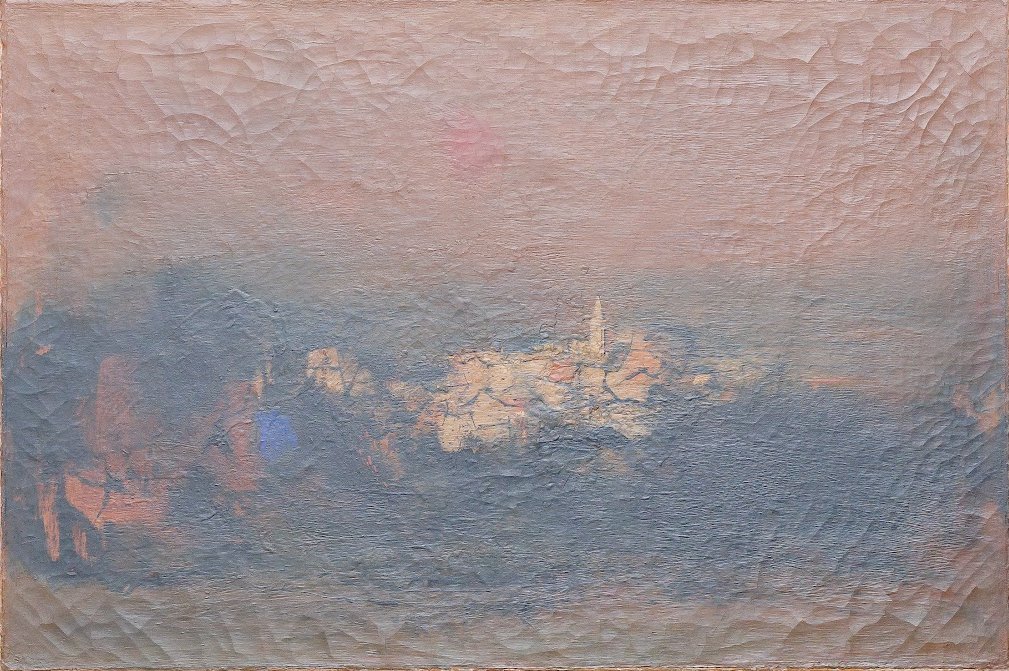Acrylic Painting on Canvas Team Bonding Art Jamming Singapore Visual Arts Centre
























Yeo Hoe Koon
Oil on Canvas
64 x 89.5 cm
Price Range: $16,000 - $20,000

Yeo Hoe Koon
Oil on Canvas
101 x 123 cm
Price Range: $26,000 - $32,000

Chen Wen Hsi
Chinese Ink and Color on Paper
50 x 54cm
Price Range: SGD $42,000 - $50,000

Cheong Soo Pieng
Red Tone
61 x 91.5cm
Price Range: SGD $108,000 - $138,000

Cheong Soo Pieng
Abstract Landscape
50 x 61cm
Price Range: SGD $95,000 -$128,000

Fan Shao Hua
Chinese Ink and Colour on Paper
100 x 100cm
Price Range: SGD $9,800 - $14,800

Fan Shao Hua
Chinese Ink and Colour on Paper
100 x 100cm
Price Range: SGD $8,800 - $13,800


Art is vital for your child’s development
Recently, Visual Arts Centre announced the opening of our exciting new Creative Kids Art Immersion course for children aged 4-10. Our team at VAC has long realised the need for art programmes catered to young children, thus we have dedicated ourselves to devising a specially tailored multi-media syllabus to bring out the creative artist in your little ones.
Your child is growing rapidly, and every day is another opportunity for them to learn more about the wonderful world they live in. While many parents tend to place heavy emphasis on their child’s reading, writing and mathematical skills, we strongly urge all caregivers to recognise the importance of art in their child’s development.
Here are some of the top reasons why exposing your child to art at an early age should be on the top on your list of priorities.
According to artist Mathiole, “Art speaks where words are unable to explain”. Children are often bursting with creativity and passion, but find it hard to express this energy given their limited vocabulary and expression. In this aspect, art gives them a platform for catharsis, and allows for an outpour of self-expression and raw ingenuity.
Many parents are shocked by what their children are able to create, given the right tools and environment.
According to Maryann F. Kohl, author of multiple award-winning children art activity books, art is a place for children to learn to trust their ideas, themselves, and to explore what is possible. In order to stay ahead in our ever-changing society, children need to be confident, independent thinkers that are capable of bringing new and exciting ideas to the table.
When it comes to painting, doodling, sculpting and building, there is never a right or wrong process, thus allowing children to fully express their creativity and push boundaries. Studies have shown that when children actively participate in art activities with peers, the mutual sharing of feedback builds self-respect by helping them learn to accept criticism and praise from others.
A study by the University of North Carolina found that people who generally report feeling happy were much more likely to be doing something creative in a given moment, such as making up their own recipes, writing, playing music or drawing.
Undoubtedly, a child’s emotional wellbeing is just as important as their health and nutrition. In the humdrum of city life, children often feel easily restless and bored with daily activities, leading to lethargic or even rebellious behaviour. For such active children, injecting a burst of fun and creativity to their life through the introduction of art and crafts is the perfect way to keep your child healthy, happy and entertained.
Encouraging analysis and criticism when exposed to new art is one of the best ways to push your child’s critical thinking skills beyond the confines of math and sciences. Instead of simply commenting that a painting is “nice” or “pretty”, we like to go further into analysing every work of art. Why is the painting “nice”? What specific elements make the work stand out from others? Are there other adjectives that you can use to describe this piece?
Through asking targetted follow-up questions, we encourage children to think deeper about the meaning and aesthetic qualities of a work and push them to understand not only the art itself, but also more about their thought process. This sort of deeper thinking allows children to learn higher-level critical thinking skills, all while enriching their understanding of the arts.
“Parents need to be aware that children learn a lot more from graphic sources now than in the past,” says Dr. Kerry Freedman, Head of Art and Design Education at Northern Illinois University. “Children need to know more about the world than just what they can learn through text and numbers. Art education teaches students how to interpret, criticize, and use visual information, and how to make choices based on it.”
With visual imagery and marketing taking over our increasingly consumer-driven world, children need to learn how to decipher the visual language behind advertisements and merchandising more so now than ever before.
Early exposure to a tailored arts educational programme has a tremendous impact on a child’s social skills. As a typical art class has students from many races and vastly different cultural backgrounds, such a setting allows children to interact with their diverse peers in a carefully designed environment.
Through group activities and class critic sessions, children will be constantly encouraged to give each other feedback on their work. This functions not only as a way to spur a child’s desire to improve, but also to encourage meaningful conversations, through which children will learn to respect others, listen to and accept criticism, and becoming more outgoing.
To create an outstanding painting, artists have to convey emotions and reason to the viewer through a canvas. By studying works of art and trying to recreate the same intensity of feelings with their handiwork, children will need to empathise with their audience — be it their peers, parents or the public. Such experiences equip children with the ability to understand the needs and desires of others, as well as to suitably reciprocate and invoke it in their art.
The last — and perhaps one of the most overlooked — reason to enrol your child into a life of artistic expression is none other than for art itself. The saying “Art for art’s sake” is commonly used to highlight the belief that the intrinsic value of art should not be tied to the external benefits or utilitarian uses it might prompt. Instead, art should be appreciated and indulged in solely for enjoyment and recreational purposes, without the need for other validation.
At the end of the day, art impacts everyone differently, but introducing your child to a life of art while they’re still young could be a radical turning point in your child’s development. As much as we’d like this article to be insightful, the full benefits of art cannot be quantitatively measured, and especially not by a third party.
Our best advice is to introduce your child to art as early as possible through simple art activities or by enrolling them in immersive art courses, after which you can witness for yourself the life-changing benefits of a life in art.
While we appreciate the immense support and requests we received to start a children’s art class, we wanted to take the time to craft the perfect syllabus for your young ones, ensuring that they get the best possible experience and introduction to the visual arts. After over a year of research and with help from experts in early childhood development and experienced children art educators, our long-awaited children’s art class is finally open for registration!
To find out more about our unique pedagogy and tailored syllabus, hop right over to this page here.
Still unsure? Here are some helpful links for you to make a more informed decision:
Click and get to our WhatsApp
Embark on a captivating journey into the vibrant world of digital art! Our Foundation in Digital Art workshop invites budding creatives aged nine and above to unleash their imagination and hone their artistic skills in a dynamic, supportive environment. From mastering basic digital tools to crafting mesmerizing digital masterpieces, children will explore a spectrum of techniques guided by seasoned mentors. Through hands-on activities and interactive sessions, participants will discover the endless possibilities of digital expression while fostering creativity and critical thinking. Join us for an exhilarating adventure where young artists transform ideas into stunning visual realities, igniting a passion for digital art
In the Batik Introduction Handkerchief Painting workshop, participants will learn the traditional art of batik, a wax-resist dyeing technique originating from Indonesia. The workshop begins with a brief history and overview of batik, highlighting its cultural significance and various techniques. Participants will then observe a demonstration of applying wax with tjanting tools and dyeing the fabric. Following the demonstration, each participant will design and create their own batik handkerchief, applying wax to create patterns and then dyeing their fabric. The workshop concludes with a group discussion, allowing participants to share their creations and reflect on their learning experience.